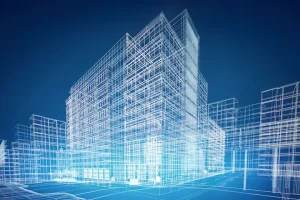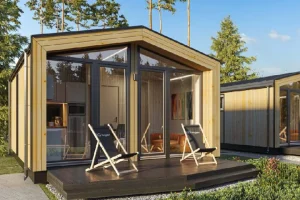Smart Home is a way to bring more comfort to your life. Using smart home features, it is possible to control all home devices and appliances remotely and with an Internet connection. In fact, with home automation (domotics), you can implement your lifestyle in your living or working environment. If you are looking for security, comfort and convenience or saving energy and costs, do not miss this technology. Smartization can be applied in places such as hotels, hospitals, buildings, schools, etc. and benefit from its benefits. In this article, join us to familiarize you more with smart home technology and examine its components, protocols and benefits.
What is a smart home?
Due to the increasing advancement of technology, many companies are working in the field of smart homes today. In a smart home, with remote control technology, you can control all electrical and mechanical devices in the home with the Internet of Things (IOT) from miles away via mobile phones or networked devices, and instead of manual control, you can switch to automatic execution of tasks. In a smart building, devices are connected to each other and we receive reports from them and control them through a central point called the brain of the system (mobile phone, tablet, laptop, etc.).
A smart home is also programmable and, by receiving scenarios from the user, executes a set of commands to create an environment tailored to the needs. For example, in the guest scenario, the doors are opened, the lighting level in the hall is adjusted, and soft music is played. Or this technology helps you feed pets and water plants when you are traveling.
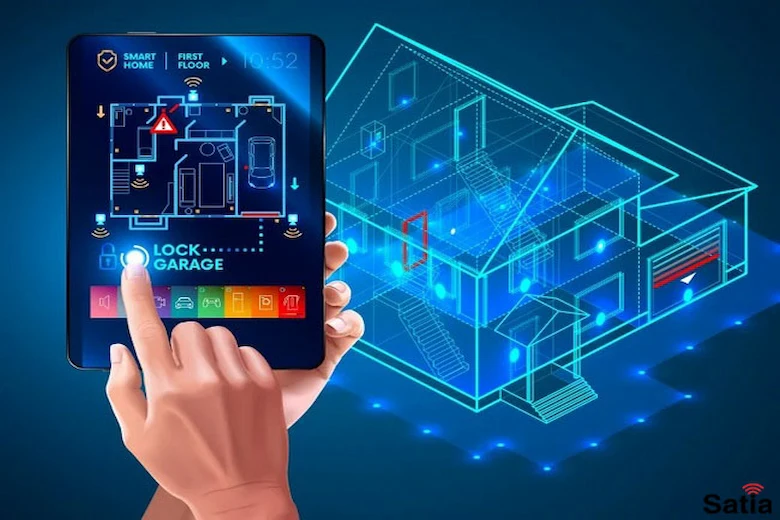
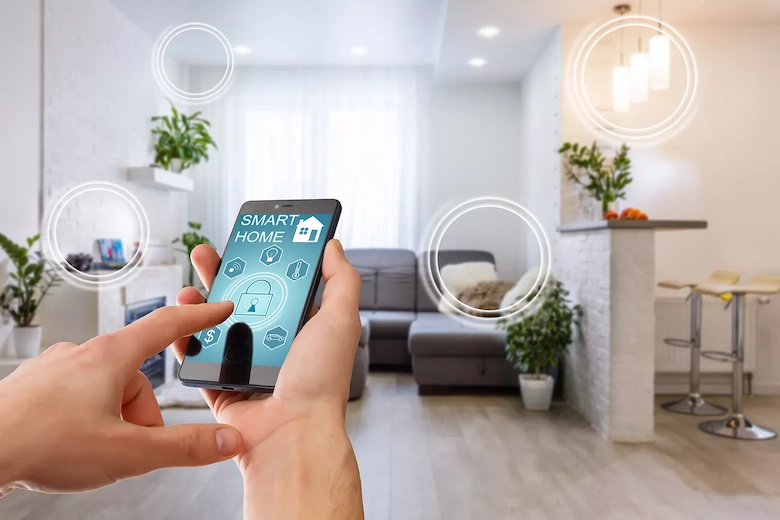
What are the features and components of a smart home?
A smart home consists of an interconnected set of systems and devices that communicate with each other through web interfaces and voice assistants. Here is a detailed description of them:
Smart cooling and heating system
In a smart home, you can automatically adjust the ambient temperature and turn heating and cooling devices on or off with your mobile phone by defining a scenario for the device. Smart thermostats are connected to air conditioning systems and automatically adjust the desired temperature by learning the habits of users. Using these systems results in optimal energy consumption and reduced costs.
Smart security system
Advanced security systems in smart homes include digital locks, door and window sensors, burglar alarms, network cameras, and motion sensors with facial recognition. These remote control technologies can record images in the cloud and send warning messages to the user. The cameras monitor all areas inside and around the home and can call the police or fire department if a dangerous situation is detected. The smart door also allows people to enter the home using fingerprint and facial recognition, etc., and prevents unauthorized people from entering.
Smart lighting system
In a smart home, lighting systems can detect the presence of people with motion sensors and turn on or off automatically. Smart lights are controlled using protocols such as Wi-Fi or Zigbee and have the ability to set on and off schedules, adjust light intensity (dimmer), change light color (RGB), and so on.
Fire alarm and extinguishing system
Today, with the use of a fire extinguishing system in a smart home, human and financial losses caused by fire have been minimized. This system sends warning messages to residents or the fire department when heat, carbon monoxide gas, and smoke are detected (fire alarm system) and automatically takes action by distributing water to control the fire (fire extinguishing system).
Voice assistant
Assistants like Alexa, Google Assistant, or Apple Siri are the bridge between the user and the smart home system, allowing you to control devices without touching them and just with your voice. These voice assistants use machine learning to better understand the user’s needs and respond better.
Smart home appliances
Smart ovens, robotic vacuum cleaners, refrigerators, and washing machines in a smart home are controlled via an app or voice assistant, and in some cases, they even have the ability to update their software.
Energy consumption management system
These systems record real-time water, electricity, and gas consumption with analytical software and smart sensors. With the relevant software, users can view consumption graphs and identify and manage high-consumption devices. Some systems are also connected to solar panels and energy storage batteries.
Smart irrigation system
Another feature of a smart home is the irrigation system, which, by connecting to specific applications such as weather and soil moisture sensors, provides precise and optimal planning for watering the garden or pots at home. This method increases irrigation efficiency and prevents water waste.
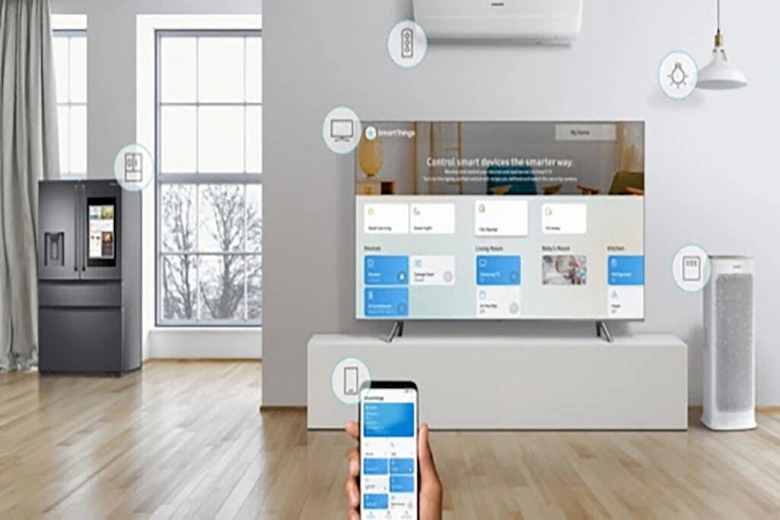
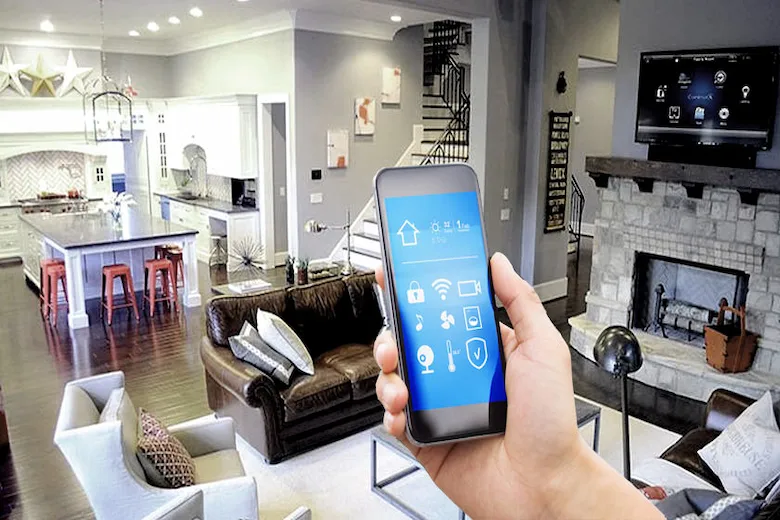
What are the benefits of a smart home?
One of the reasons for the growing popularity of smart homes is their many benefits in improving the quality of life, reducing costs, and increasing security, which we intend to mention in this section of the article.
- Increasing security and creating peace of mind
- Saving energy consumption and reducing costs
- Increasing property value
- Convenience in performing daily tasks, especially for the elderly and the sick
- Personalizing the life experience
- Flexibility with the changing needs of the user
- Saving time by completing tasks faster
- Full remote control and while traveling
- Ability to upgrade and update equipment
Types of smart home protocols
Protocols are the language of communication between different smart home devices. They determine how data is sent, received, and processed. Choosing the right protocol plays an important role in the stability, speed, and compatibility of the equipment.
Zigbee Protocol: A low-power wireless protocol used in the smart home and is based on a mesh network. It is used to establish communication between low-power devices such as sensors, switches, and lamps and works well in large homes by creating a stable internal network. The transmission speed in this protocol is relatively low but it has high stability.
Z-Wave Protocol: Like Zigbee, this protocol also uses a mesh network but in a different frequency band that causes less interference with Wi-Fi. It is more robust in terms of the range in which it can communicate and is compatible with thousands of devices. This protocol has other features such as high security due to encryption and simple configuration.
Wi-Fi protocol: The most widely used protocol for transmitting large amounts of data such as video or audio is Wi-Fi. Therefore, devices such as speakers and cameras in the smart home that require high bandwidth are based on this protocol. Although it consumes a lot of energy, it does not require a central smart hub and connects to the home network.
Bluetooth Low Energy (BLE) protocol: This protocol is a low-power version of Bluetooth that is used to communicate between nearby devices. It is mostly used in wearable devices (such as smart watches), smart locks, and short-range sensors in the smart home. BLE has very low energy consumption but is not suitable for permanent connections with a long range.
Thread protocol: This new open source protocol, designed based on IPv6, provides fast, practical, and secure communication between devices, uses a mesh structure, and also has the ability to self-heal, which creates a new path for communication if one of the nodes is disconnected. The Thread protocol is also compatible with the new smart home standard, Matter.
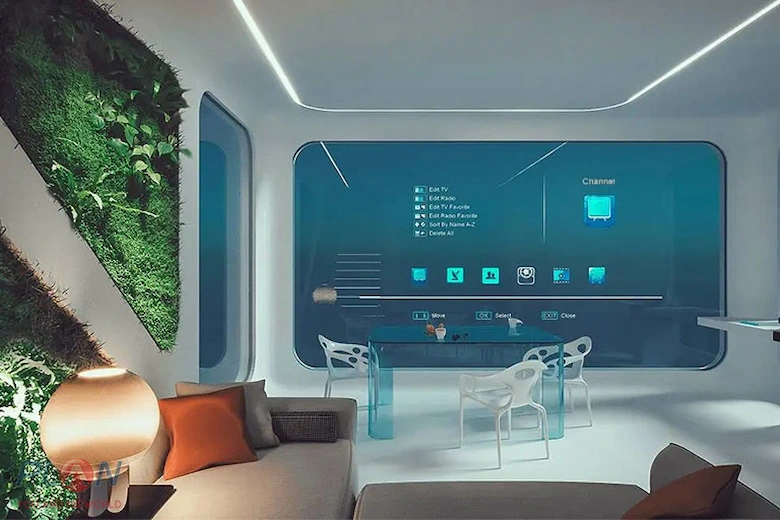
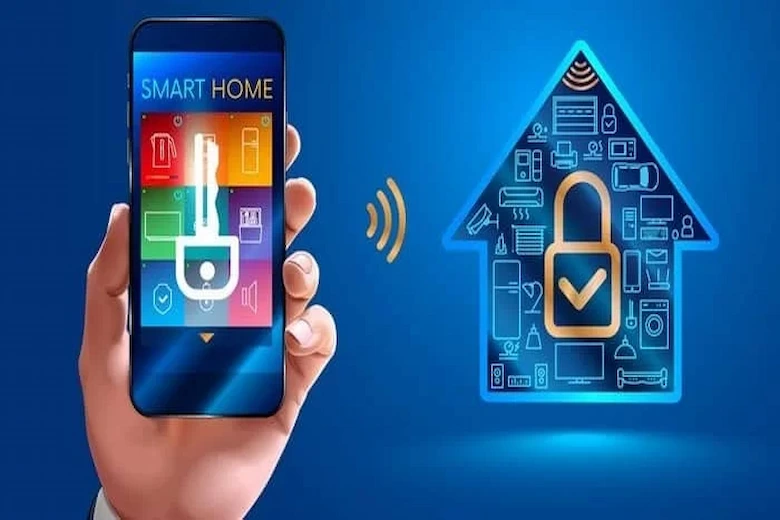
History of the smart home
When remote control systems and electronic timers were first used in homes in the 1970s, the concept of the smart home was invented. Later, with the advent of the Internet in the 1990s, more complex concepts such as device networking and home automation were introduced. With the advent of the Internet of Things and the development of mobile phones in 2010, the smart home underwent many changes. For example, the user was able to control everything from a great distance and by giving voice commands. Today, smart technology has found a special place in modern architecture in various industries with the emergence of artificial intelligence, machine learning and advanced protocols.
Final Words
In a smart home, everything is designed to make life simple and enjoyable. In this article, we have defined a smart home, its components, protocols, and benefits. Although it seems that making the environment smart requires a lot of budget, in the long run it brings many benefits such as reducing costs, increasing property value, peace of mind, and more control over lifestyle. In today’s world, where security and saving energy and time are of great importance, choosing a smart home for a modern lifestyle is a necessity. Thank you for staying with us until the end of the article. We hope that this content has been useful and inspiring for you.
Ohaddeco Group specializes in designing smart metal structures using LSF structure. In addition, the group works in the design and implementation of wooden acoustic wall covering and wooden thermowall as the best interior wooden wall cladding. You, our esteemed companions, can contact us for more information and free consultation.

